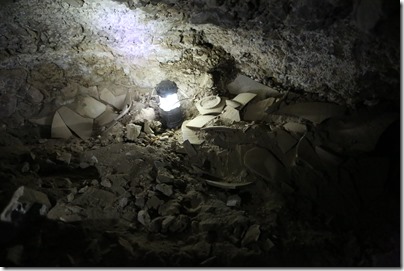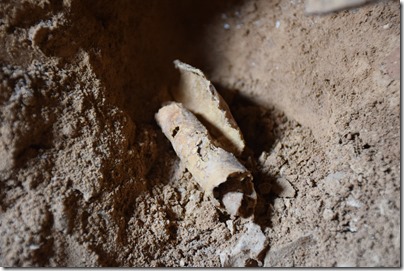The New York Times recounts the recent destruction of Palmyra and reviews a new online exhibit by The Getty Research Institute, “The Legacy of Ancient Palmyra.”
The search for hidden chambers in King Tut’s tomb continues this year.
A Japanese team has discovered the tomb of a royal scribe of Amenhotep III.
Ferrell Jenkins has posted on an attractive display of ossuaries at the Hecht Museum in Haifa.
Seth Rodriquez explains what happened to Judah after they were exiled.
Thomas Kiely of the British Museum reviews The Oxford Handbook of the Archaeology of the Levant c. 8000-332 BCE in the Oxford Handbooks in Archaeology series.
On the ASOR Blog, Anna-Latifa Mourad argues that the Hyksos were foreigners but not invaders.
Since 1833 there has been no mosque in Athens. Until this year.
Daniel Falk will be lecturing on “The Myth of the Dead Sea Scrolls” at Baylor University on Tuesday, February 21.
Alexander Schick will be lecturing at The Jordan Museum in Amman on Thursday, February 23, 5:00 pm, on “Uncovering the Scrolls: The Early and Late History of the Dead Sea Scrolls.” All are welcome.
HT: Agade, Joseph Lauer, Mark Hoffman, Ted Weis, Charles Savelle



